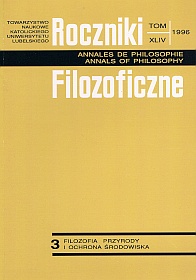The New Ideas in XVII-th and XVIII-th Century Mathematics
Abstract
The seventeeth-century method of analysis directed its attention toward a domain of well-defined class of problems, such as the construction of tangents to curves, the finding of maxima and minima, and the computation of quadrature. It aimed to treat those problems by means of symbolic algebra. The analytic geometry of Fermat and Descartes, and an even more works of Newton, Leibniz and Euler, enhanced the possibility of treating the questions, not as individual problems for each curve, but by means of general method which would apply to all curves of a certain type. Classification into types would be undertaken by considering the algebraic form of the equation of the curve. It might then be hoped that by a process of refinement these algorithms could be combined to form an even more general solution.
D'Alembert, Euler, and Lagrange insisted that appeals to geometry and mechanics do not belong in a proper treatment of analysis. Their reasons for repudiating geometrical and mechanical arguments for general results in calculus originated in adopting a general philosophical picture of proper structure of the sciences. From this point of view deriving theorems of general sciences (analysis) from principles of special sciences (mechanics) is an intolerable offence against correct method. My aim is not to rehearse the familiar account of the historical development of the calculus, but rather to cast light on the relations among such concepts of the philosophy of nature as space, time and motion and new analytical method, relations which have not previously been sufficiently explicated.
Copyright (c) 1996 Roczniki Filozoficzne

This work is licensed under a Creative Commons Attribution-NonCommercial-NoDerivatives 4.0 International License.





